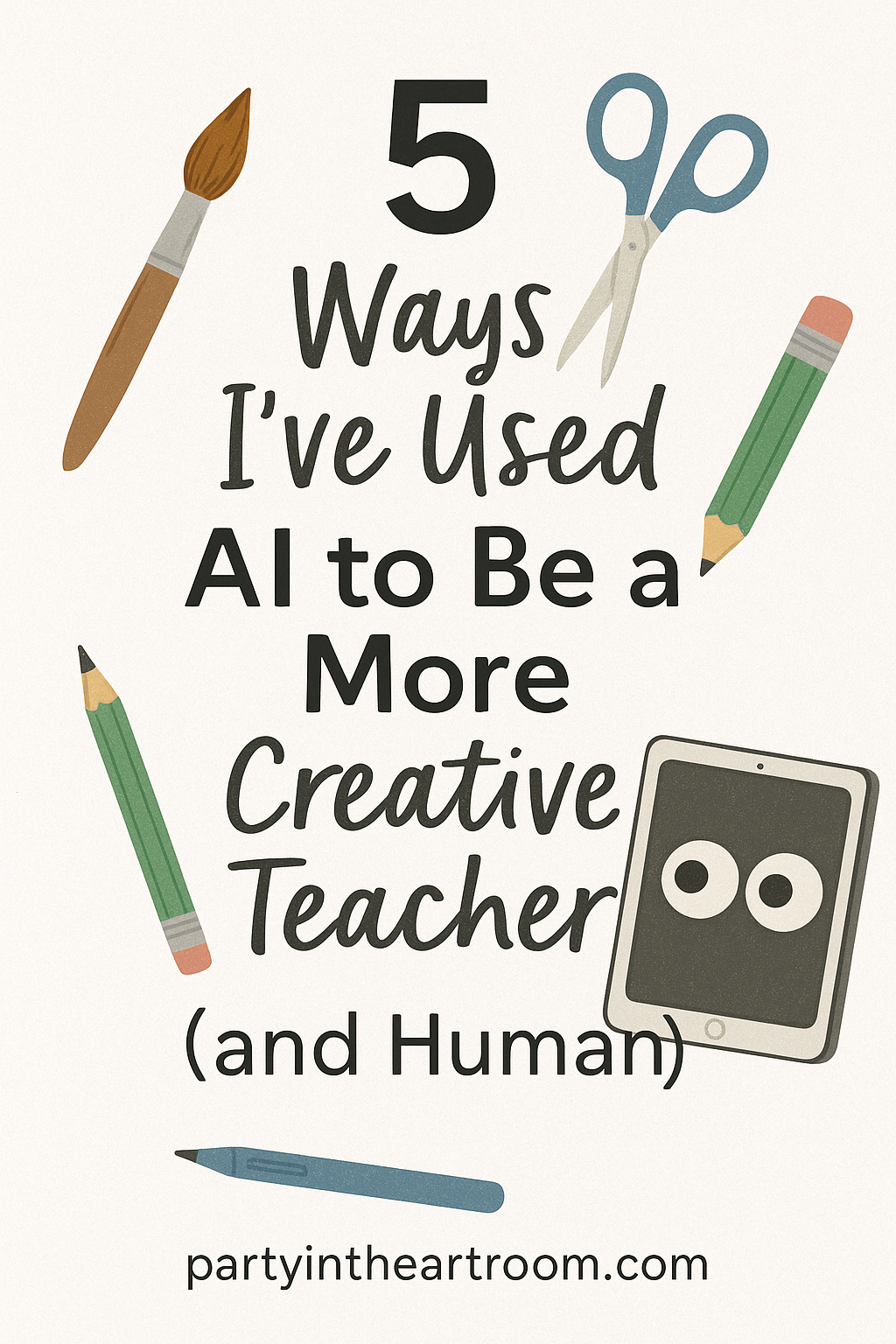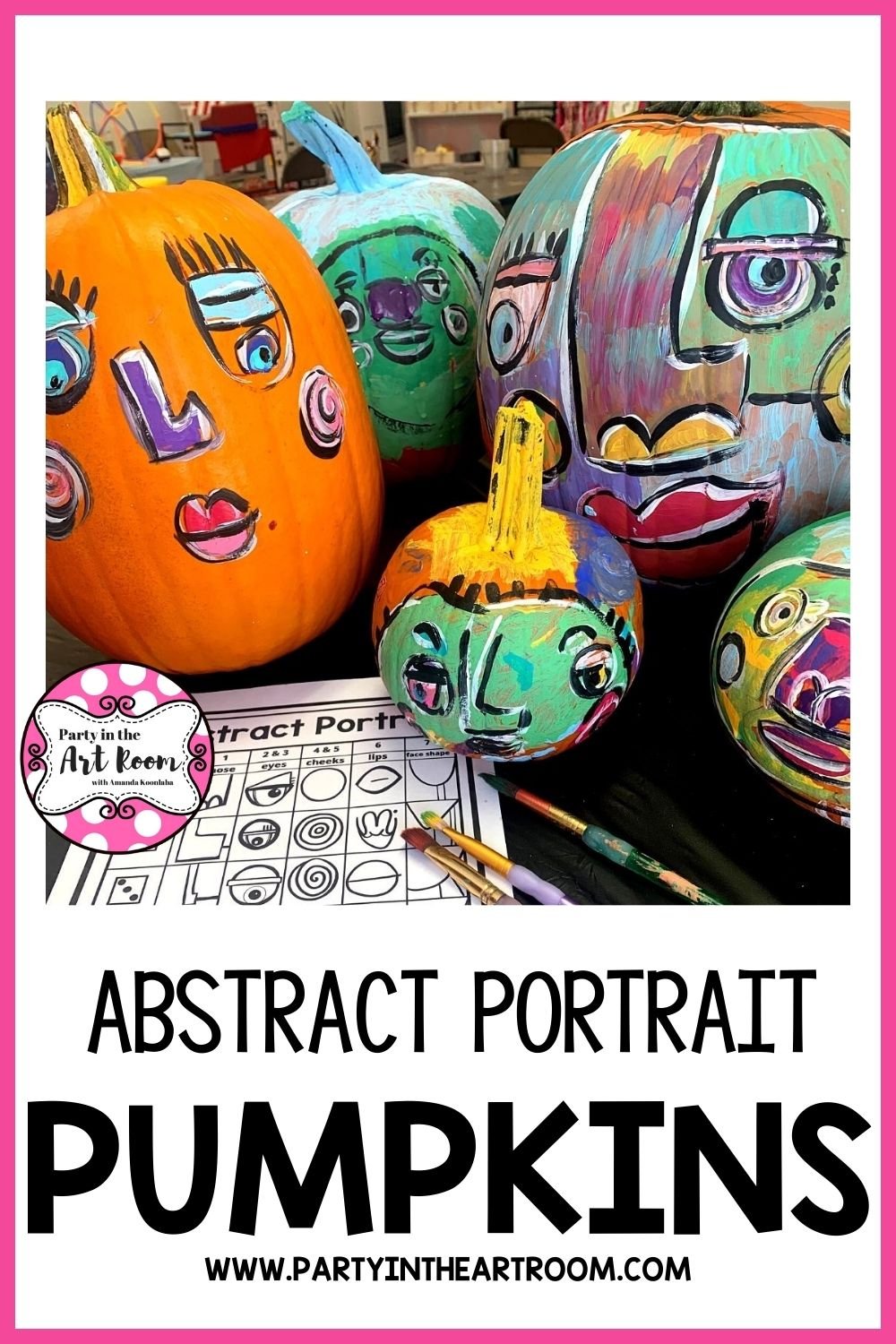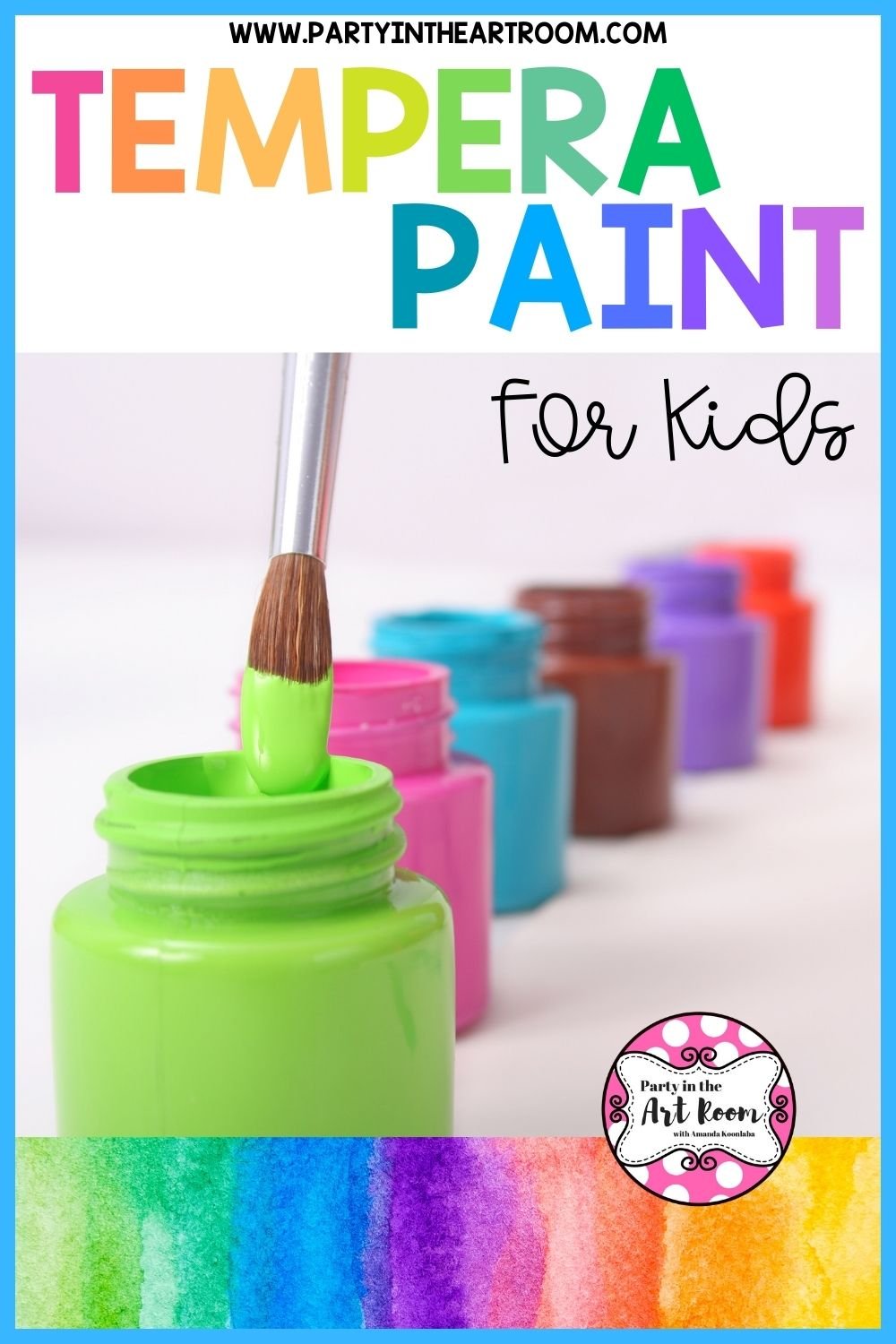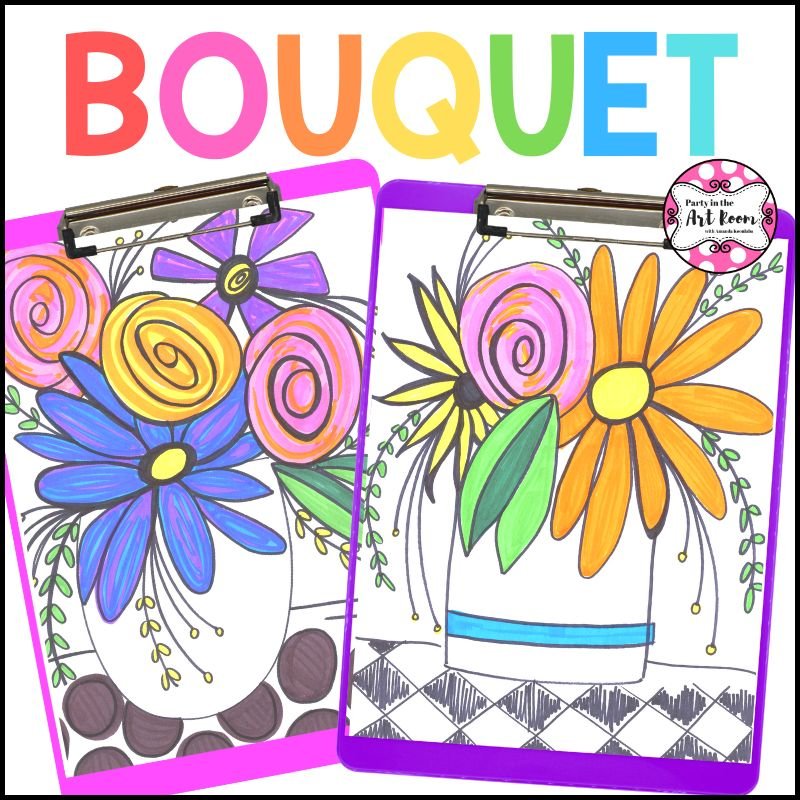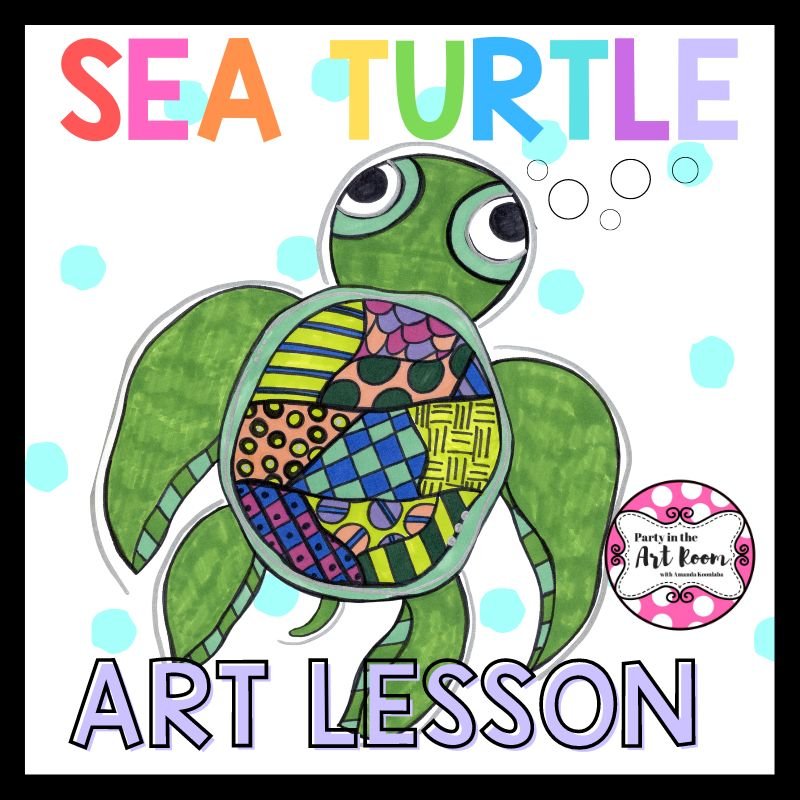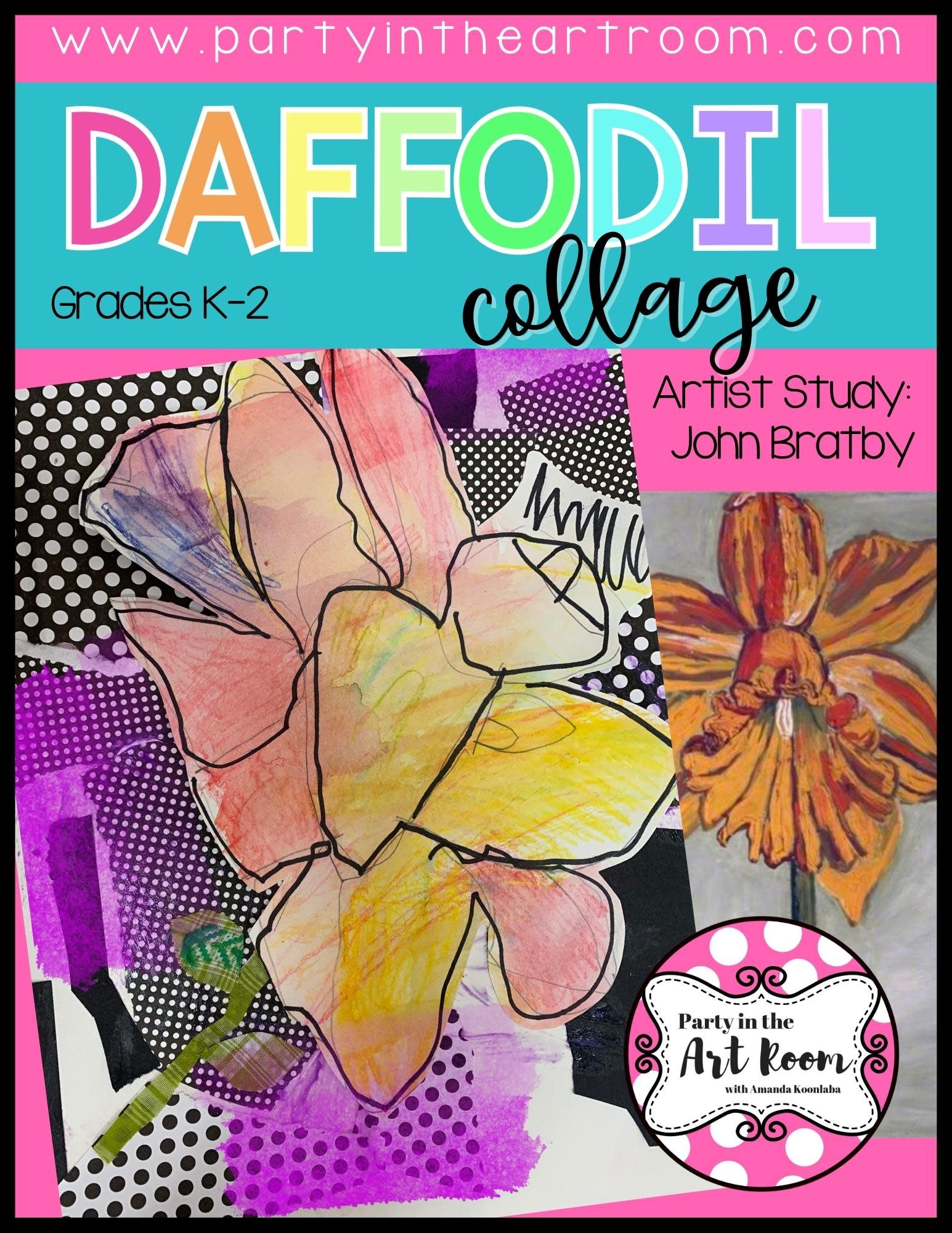5 Ways I’ve Used AI to Be a More Creative Teacher (and Human)
In my last post, AI in Art Education: What It Means for Real Classrooms (Not Robots!), I shared how my curiosity (and let’s be honest, mild skepticism) led me to try out artificial intelligence as a tool in my creative teaching life. What I didn’t expect was how quickly it would go from “Hmm, maybe I’ll try it” to “Wait, how did I ever teach without this?”
This post is the follow-up: real, practical ways I’ve actually used AI — not in a science fiction, Jetsons-style classroom — but in my actual, slightly-chaotic, paint-splattered, glitter-in-my-coffee arts educator life.
Let’s jump in.
1. Speeding Up the Brainstorming Process
Raise your hand if you’ve ever sat staring at your planner with a vague idea like, “I want to do something with spirals…maybe Van Gogh…maybe snails?”
Same.
Now, instead of spiraling (pun intended), I type a quick prompt into my AI helper: “Give me five art lesson ideas for upper elementary that involve spirals.” Bam. I get a list. Not perfect, not polished — but enough to jog my own ideas. Then I tweak and twist it until it feels like me.
AI isn’t replacing creativity. It’s the jumpstart.
2. Getting Over the “Just Send the Email” Hump
Look, I love writing. But when I’m tired and trying to write an email that is both clear and kind (but not too robotic or too emoji-heavy)… it’s hard.
Now, I draft the email, toss it into my AI tool, and ask it to revise for tone or clarity. It’s like having a colleague who says, “Hey, let me polish that up while you go refill your water bottle.”
3. Helping Me Keep Up with Blogging and Resource Creation
The creative ideas? I’ve got ’em. The time and energy to sit and turn them into finished posts and polished products? That’s another story.
AI helps me get un-stuck. I’ll throw in a rough outline and ask for help reordering it, or brainstorm alternate titles, or summarize a long section of teacher directions. I still add the heart and the humor, but it saves me from reinventing the wheel every single time I want to share a new lesson.
4. Creating Student Starters that Spark Conversation
One of my favorite classroom uses: using AI-generated images as visual prompts. I’ll ask my students:
🎨 “What do you notice?”
🎨 “What story might this picture be telling?”
🎨 “How could you turn this into your own artwork?”
I’ve used prompts like “a treehouse made of candy” or “a giraffe at a birthday party in space.” The kids are so engaged, and the imaginative energy goes through the roof.
It’s not about the tech — it’s about getting them thinking.
5. Reclaiming Time for the Joyful Stuff
This one’s big. AI has helped me streamline a lot of the behind-the-scenes work — like drafting lesson outlines, making checklists, and generating supply lists — so I have more time for things that matter: connecting with the people in my life and making my own art.
The truth is, I’m still the one with the ideas, the instincts, the glitter glue in my hair. But AI lets me spend more of my energy on the parts of teaching that actually feel like teaching.
TL;DR: AI Isn’t the Magic — You Are
Yes, AI is powerful. But you’re the one who makes it meaningful.
You bring the spark, the intuition, the ability to know when a kid needs to switch to markers because the paintbrush just isn’t working for them today. You’re the one who sees a doodle and says, “There’s something there.” AI can’t do that.
But it can help you get home five minutes earlier. And I think that counts.
Want to explore AI with your students—without losing your creativity?
Check out my AI in the Art Room – Creativity Challenges workshop! It’s a self-paced, teacher-friendly training that helps you create images and analyze them with real visual arts vocabulary.
Earn 3 hours of PD credit and grab ready-to-use classroom challenges.
👉 Learn more here!
More GREAT IDEAS:
Designed specifically for classroom use, these worksheets provide a template for your students to explore the concepts of tints and shades while developing their artistic skills. Whether you're looking for a way to enhance your art curriculum or just want to inject some creativity into your classroom, these worksheets are sure to inspire your students!
Affiliate Disclosure: Party in the Art Room is supported by its audience. When you purchase through links on this site, a commission may be earned.Hi! I’m Amanda. Teaching children to be creative thinkers is my greatest joy. I’m here to help you bring that same joy to your classroom.
This guide is packed with 25 ideas for using art to teach math and ELA. It’s arts integration for the win!
I want all students to feel successful in the art room, so I created a standards-based Daffodil Collage lesson to do just that! The lesson includes an artist study, student reflection, and more, so push your artists to their full potential.
